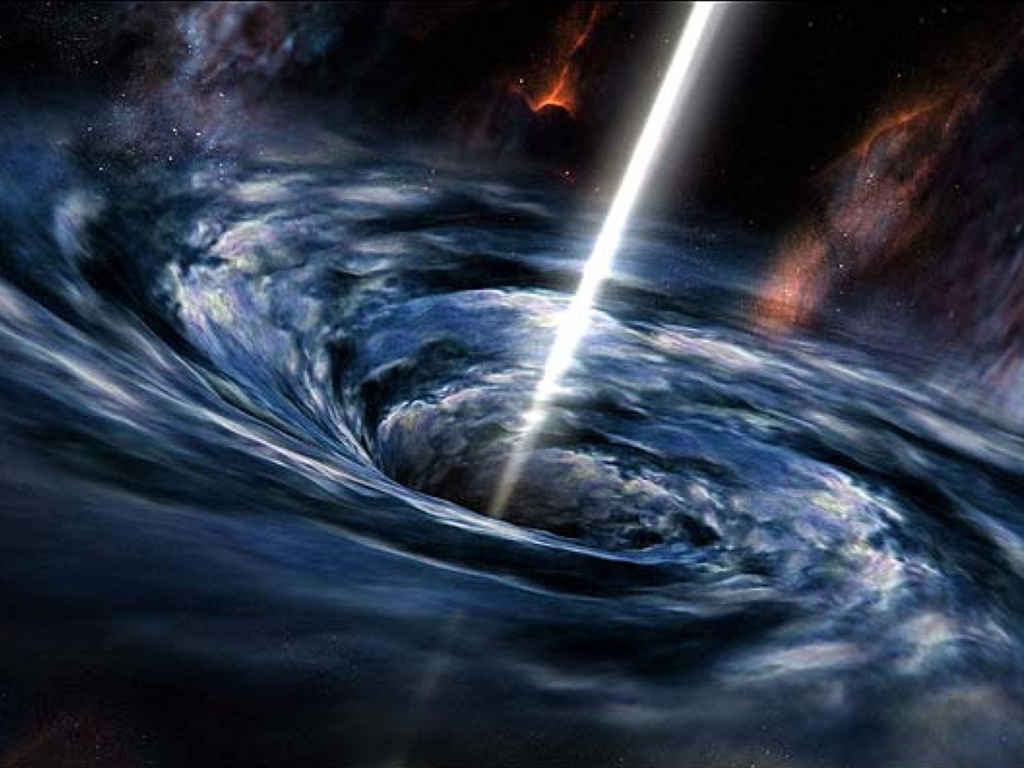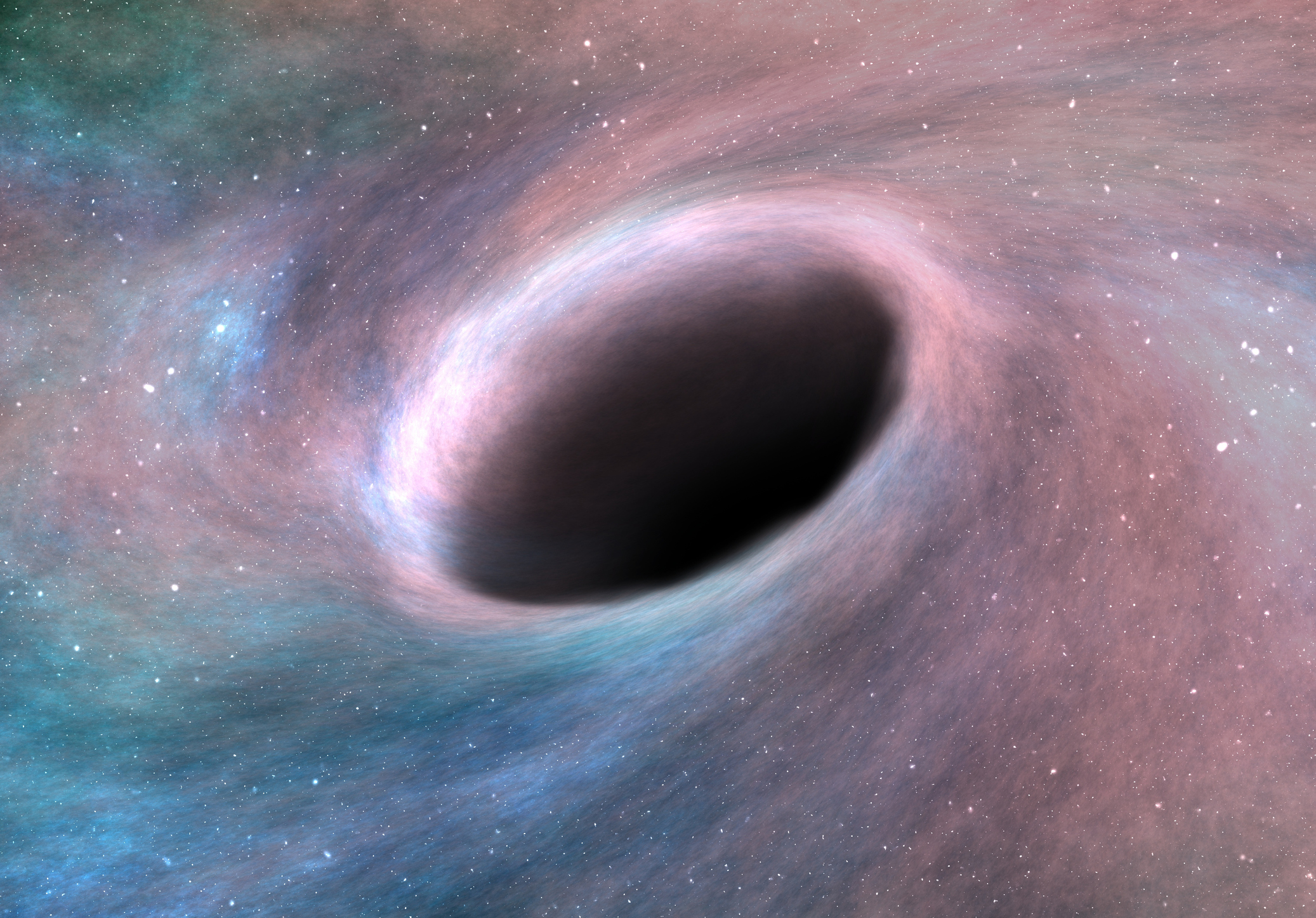


Locating the black holes would be incontrovertible evidence for this conclusion. Croft (Eureka Scientific Inc.) Image Processing: Gladys Kober (NASA Goddard/Catholic University of America). A jet coming from NGC 541’s black hole is powering star formation in Minkowski’s Object. The elliptical galaxy NGC 541 is above and to the right. On the left is a Hubble image showing MO in blue. This image shows two views of Minkowski’s Object. "The line ratios, colors, and the overall morphology are consistent with an ejected SMBH moving through the CGM at high speed while triggering star formation," they write. They settle on a runaway SMBH as the best explanation for the data and observations. "A more serious issue is that the morphology of the feature does not match simulations or observations of jet-induced star formation," the authors explain. Visible emission lines aren't a property of black hole jets, and there's no evidence of nuclear activity.

The authors acknowledge the black hole jet explanation as a possibility, but they say there are too many problems with it. One of them is called Minkowski's Object. "There are two well-studied nearby examples of jets triggering star formation," the authors state. Under the right conditions, black hole jets can also shock gas in the CGM and lead to star formation. It could be a black hole jet rather than a rogue SMBH. There is, however, another possible explanation for the linear feature. The galaxy is compact and shows irregular features, possibly indicating a recent merger and/or a connection to the linear feature. This figure from the research shows the morphology of the galaxy in F606W and F814W (Hubble filters.) The arrow indicates the direction of the linear feature. The team examined the galaxy that spawned the rogue SMBH and found that its morphology was disrupted. SMBHs are extraordinarily massive, and that much mass can't move through a galaxy without shaping it. If the host galaxy ejected an SMBH, the galaxy should show signs of disruption. They're also within the range of metallicities and dust content. When the researchers measured their properties, they found that the three knots are within the age range laid out by models. Theory and modeling show that the youngest stars formed in the wake should be younger than about 30 million years old. The researchers analyzed three of the knots in the linear feature and measured their ages and metallicity. In the wake, clouds of shocked gas can cool and form stars that look like knots in the trail. When an SMBH travels through ionized hydrogen in the CGM, it produces a shock front with a long wake trailing behind it. In their paper, they report the serendipitous discovery of a linear feature in images from the Hubble's Advanced Camera for Surveys that could be one of these wakes. "The interaction of a runaway supermassive black hole with the CGM can lead to the formation of a wake of shocked gas and young stars behind it," the authors write. The researchers found that the three stars fall within the correct ranges of metallicity, age, and dust content to conform with a rogue SMBH that left its galaxy about 39 million years ago. This image from the work shows three knots in the tail that are likely recently formed stars. If during that time, a third SMBH reaches the galactic center, then a three-body interaction can give one of the SMBHs a velocity boost, and it can be driven from the galaxy. The binary SMBH can be very long-lived, surviving for as long as one billion years before merging. That leads to the formation of a binary SMBH at the center of the merger remnant. In their paper, the authors explain how an SMBH can be cast out of its host galaxy. But scientists think that in rare circumstances SMBHs can escape their galaxies. SMBHs are normally locked into place at the centers of galaxies, and that's where they stay. If you've never heard of a runaway SMBH, you're not alone. The paper is avaiable on the arXiv preprint server and hasn't been peer-reviewed yet. The paper is "A candidate runaway supermassive black hole identified by shocks and star formation in its wake." The lead author is Pieter van Dokkum, Professor of Astronomy and Physics at Yale University. present evidence of a rogue SMBH that's tearing through space and interacting with the circumgalactic medium (CGM.) Along the way, the giant is creating shock waves and triggering star formation. In a new paper, researchers from Canada, Australia, and the U.S.


 0 kommentar(er)
0 kommentar(er)
